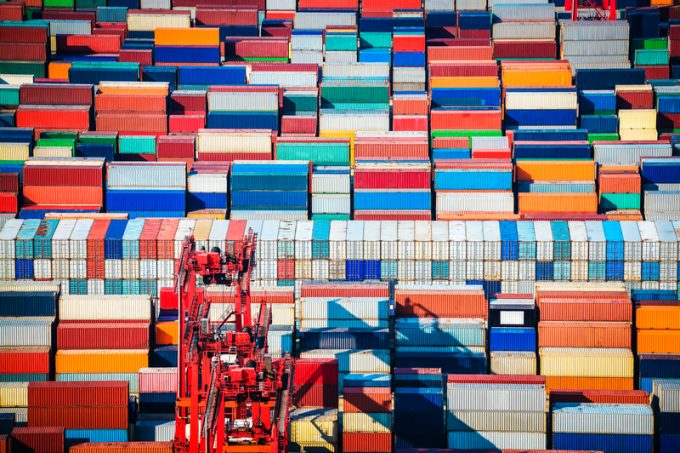USTR fee could price Chinese carriers out of US trades
The October implementation of the US Trade Representative port fees will mean a “forced concentration” ...

There seems to be nothing ocean carriers can do – or are prepared to do – to stop the rapid slide of container spot rates this side of the Chinese New Year.
Drewry’s WCI Asia-North Europe component lost another 10% this week, dragging the reading down to $1,965 per 40ft, having lost half its value in the past four weeks.
If the rate erosion on the tradelane continues at this pace, spot rates recorded by the WCI will be below $750 a ...
Maersk Air Cargo sees volumes fall as it aims for 'margin in favour of revenue'
Keep our news independent, by supporting The Loadstar
Container spot rates diverge: to Europe still falling, but firmer to the US
Volume surge and an early peak season? 'Don't celebrate too soon,' warning
Hapag-Lloyd won't take bookings if port congestion leaves cargo stranded
Ecommerce likely the front-runner in resurge of transpacific trade after deal
China-US trade tariff pause could drive a rebound for transpacific rates
Airfreight players eye new routes as demand on the transpacific nosedives
Service chaos from trade ban with India a problem for Pakistan shippers
Airfreight rates ex-China 'loss-making', but hopes of a trade deal stay high
Indian coastal freight attracts major carriers, but regional tension disrupts
Serious threat to jobs in US logistics as tariffs cause economic 'stagflation'

Comment on this article